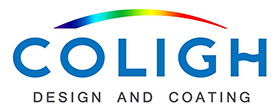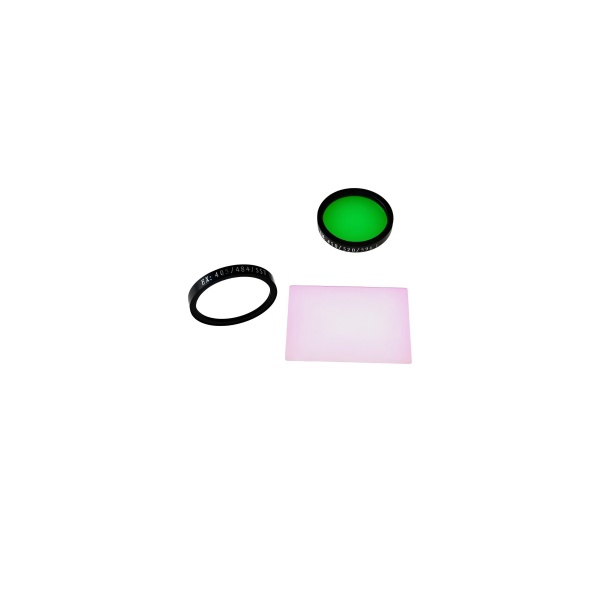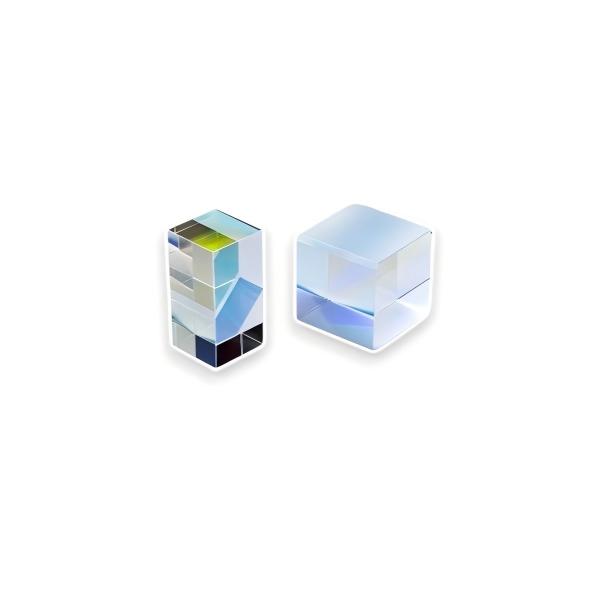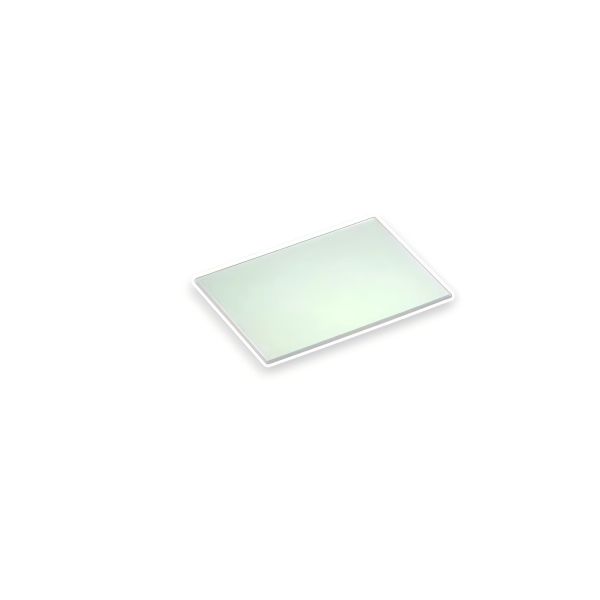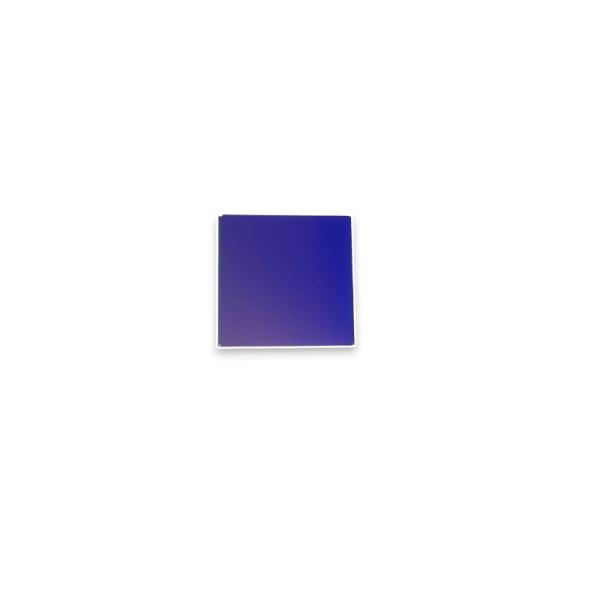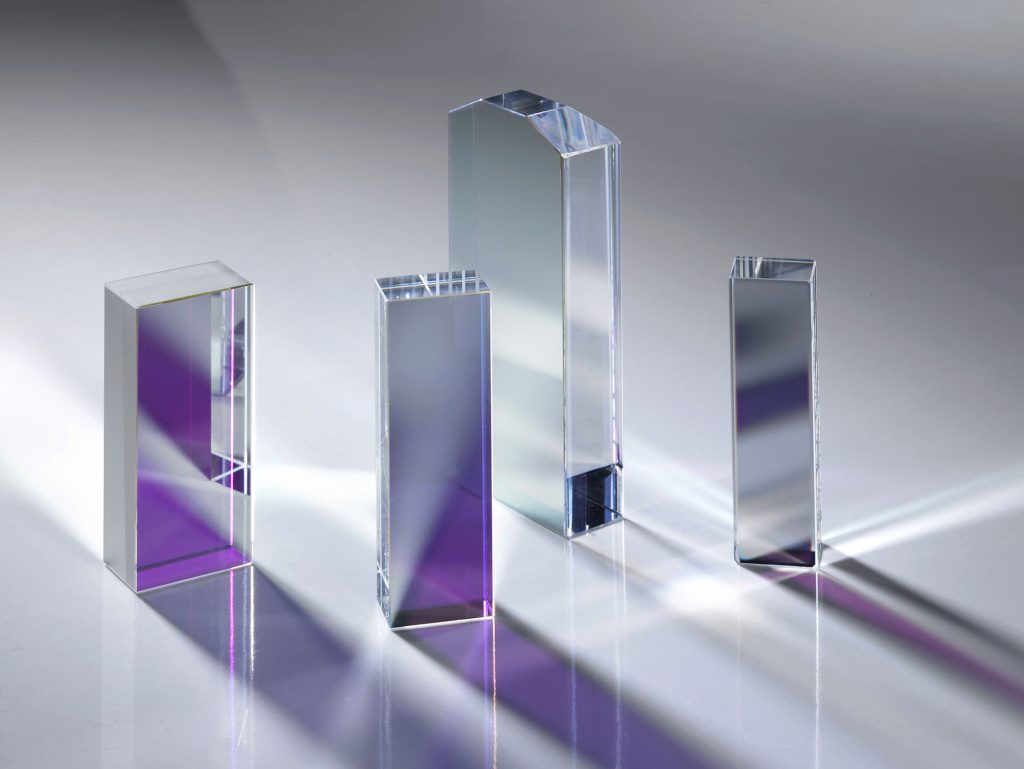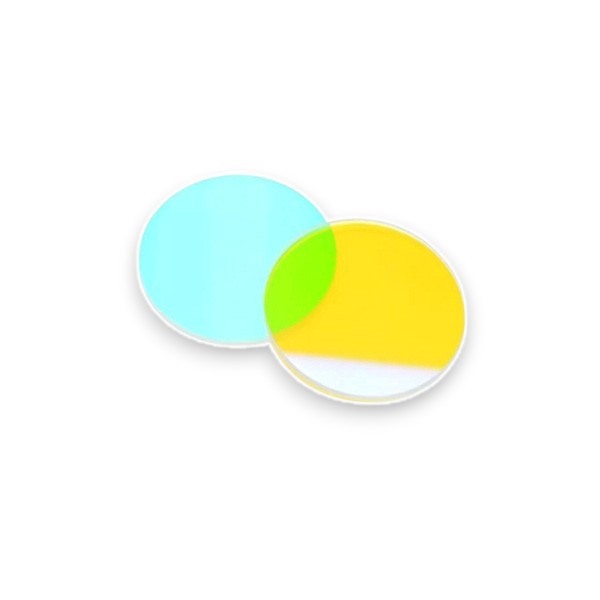

735nm Beam Splitter Dichroic Mirror
735nm Beam Splitter Dichroic Mirror reflects light with wavelengths below 735nm and transmits light above 735nm. Coligh manufactures dichroic mirrors.
It has key features below:
- Cut on wavelength 735nm
- AOI 45deg
- High reflection and high transmission
- Dielectric hard coating
- Fused silica substrate
Products Categories
Get A Free Quote
735nm Dielectric Long Pass Dichroic Filter Mirror Description
This 735nm beam splitter dichroic mirror is a high-performance optical thin-film device specifically designed to precisely control light paths near the 735nm wavelength. Its core function is to efficiently transmit infrared light with wavelengths greater than 735nm, while highly reflecting visible and near-infrared light with wavelengths less than 735nm at a 45° angle of incidence.
- The key feature is its steep spectral transition at 735nm. Light with wavelengths greater than 735nm is transmitted with high transmittance >90%, minimizing optical energy loss.
Light with wavelengths less than 735nm is reflected with high reflectance >98%, ensuring effective utilization or redirection of the reflected beam. - It features a hard-coated multilayer dielectric structure with excellent abrasion resistance, scratch resistance, and environmental stability.
- We use fused silica as the substrate, precisely polished to minimize wavefront distortion. Fused silica itself has extremely low autofluorescence, making it especially suitable for near-infrared fluorescence imaging, laser beam combination, and multi-channel optical systems.
735nm Beam Splitter Dichroic Mirror Technical Datasheet
| Parameter | Specification |
| Product Type | Dichroic Optical Filter / Longpass Beamsplitter |
| Cut On Wavelength | 735 nm ± 1 nm |
| Angle of Incidence (AOI) | 45° |
| Reflectance | ≥98% |
| Transmission Range | > 90% average |
| Working Wavelength Rang | 350-900nm |
| Coating Type | Hard-coated dielectric multilayer |
| Substrate Material | Fused Silica |
| Surface Quality | 60/40 or better (per MIL-PRF-13830B) |
| Size Options | 15*11*1.0mm, custom sizes available |
| Clear Aperture | > 90% of dimension |
| Thickness | 1.0 mm ± 0.1 mm |
735nm Beam Splitter Dichroic Mirror Applications
- Near-infrared fluorescence imaging/detection system
In life science and medical research, near-infrared fluorescent dyes (such as Cy7 and Alexa Fluor 750) have the advantages of deep tissue penetration and low background autofluorescence, making them ideal for deep in vivo imaging. To detect fluorophores such as Cy7 and Alexa Fluor 750, their emission wavelengths are above 750nm and their excitation wavelengths are usually below 730nm, and it is necessary to accurately distinguish between excitation light and emission light. The 735nm dichroic mirror is set between the excitation and emission pathways in the fluorescence microscope, reflecting the excitation light (<735nm) and transmitting the emission light (>735nm). It can produce high signal-to-noise ratio images, avoid interference from excitation light leakage, and enhance weak signal resolution, which is particularly suitable for deep tissue imaging and real-time monitoring in vivo. - FRET System
In FRET experiments, accurate identification of donor and acceptor signals is the key to determining whether energy transfer occurs. When using far-red fluorescence pairs such as GFP–Cy7, the emission light of Cy7 is often close to the donor excitation light, which is prone to crosstalk. A highly selective dichroic mirror is required for spectral isolation. Use a 735nm Dichroic Mirror to reflect the excitation light and transmit the far-red signal (>750nm) of Cy7 under 488nm laser excitation to ensure that the detected signal comes from real energy transfer rather than direct excitation. - Multi-channel fluorescence image separation
In multicolor fluorescence imaging, the spectra of different dyes may partially overlap. The resolution of traditional beam splitters is insufficient, resulting in channel crosstalk, affecting image quality and subsequent data analysis. Set up a 735nm Beam Splitter in the emission path, reflect the mid-red dye signal <735nm to one channel, and transmit the far-red dye signal >735nm to another channel to ensure physical separation of the signal source. Greatly reduce channel cross-contamination, improve the independence of each fluorescent channel and image clarity, - Flow cytometry
Flow cytometry usually requires the simultaneous detection of multiple fluorescent markers, such as far-red dyes such as APC and APC-Cy7, whose excitation light is close to 640nm and the emission signal is above 750nm. If the excitation light is not effectively isolated, the detection accuracy will be directly affected. The 735nm Dichroic Mirror is placed in the light path to reflect the excitation light and block the background noise <735nm and other channel crosstalk, transmitting only the pure Cy7 fluorescence signal to the far-red detector. This improves the purity of the fluorescence signal, enhances the discrimination ability and quantitative accuracy of the target channel,
